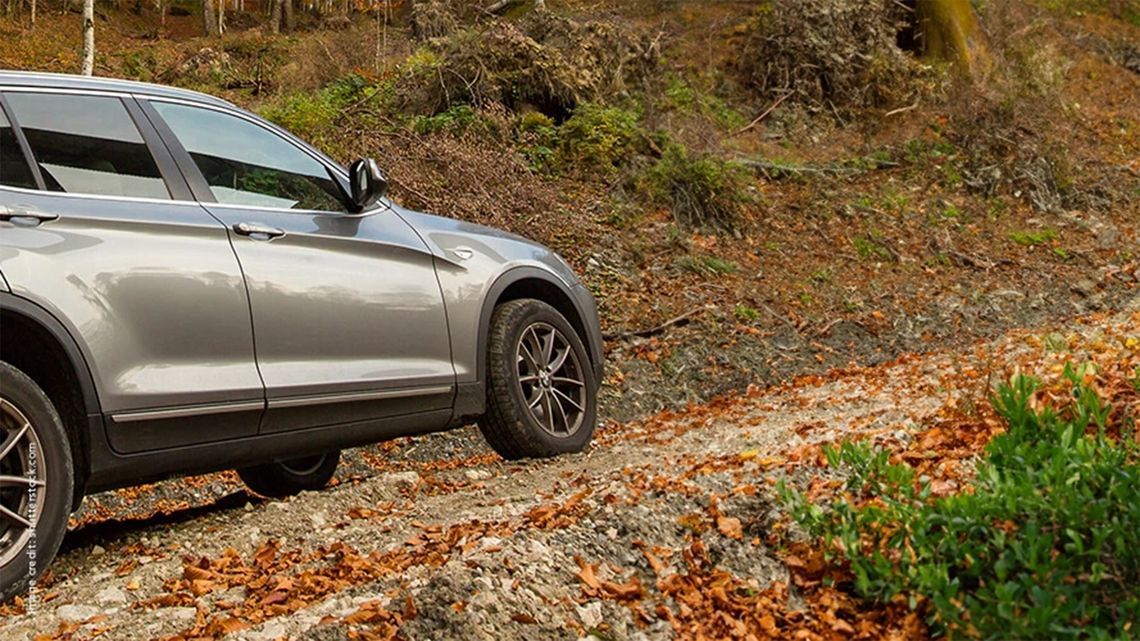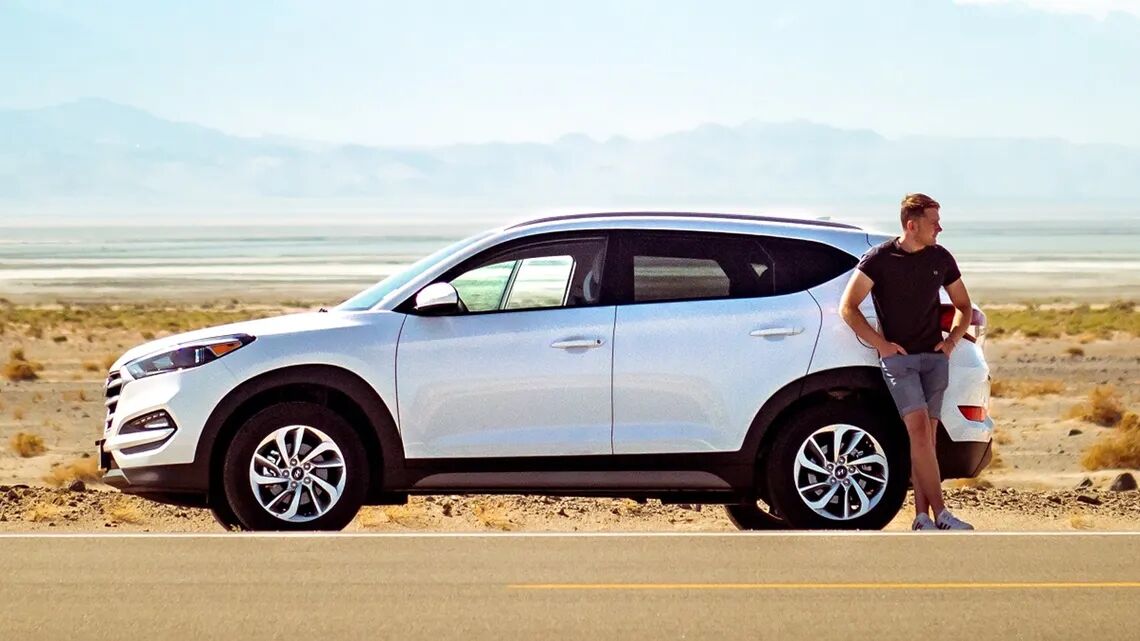A Sports Utility Vehicle is available in a variety of different models — those which place a particular emphasis on the ‘sports’ aspect, such as the Porsche Cayenne, and those which focus on the ‘utility’ aspect like the VW Amarok, respectively. These vehicles successfully combine off-road driving capabilities, including higher traction and flexible suspension, with comfort and style.
Originally, the SUV was a military vehicle. The US army tasked manufacturers with inventing a prototype vehicle that was a four-wheel drive and had the ability to carry its soldiers over rough terrain while also being tough and durable. Willy’s Overland created the Jeep in preparation for World War Two.
Britain then created their adaptation of the vehicle when Maurice and Spencer Wilks produced the Land Rover. While this model had similar specifications to the American Jeep, it was to be used more as a vehicle for farmers and was introduced in 1948.
By the 90s, the SUV’s popularity at consumer level had boomed. Initially, they became the car of choice in America and Asia, but by 2007, the UK and the rest of the world were engrossed in the SUV due to the vehicle becoming more affordable, safer and more economical. Across the Atlantic in Europe, the Nissan Qashqai created a new market for mainly two-wheel drive, small to medium SUVs, otherwise known as crossovers. In 2018, Renault-Nissan had the most global sales by any car makers in the SUV market.
Traditional 4x4 SUVs have:
A high roof which provides a lot of interior space and headroom
Up to seven seats
An elevated frame which allows the vehicle to drive over rugged terrain
Four-wheel drive for better control on slippery surfaces
Tough panels to protect against jagged rocks when driving off-road.
Newer European, mainly two-wheel drive SUVs (Crossovers) will have:
Higher seating position than a car
Be easier to get in and exit than a car
Give a feeling of additional security due to size v car
These vehicles are generally utilised exactly like a car with very little or no off-road driving


